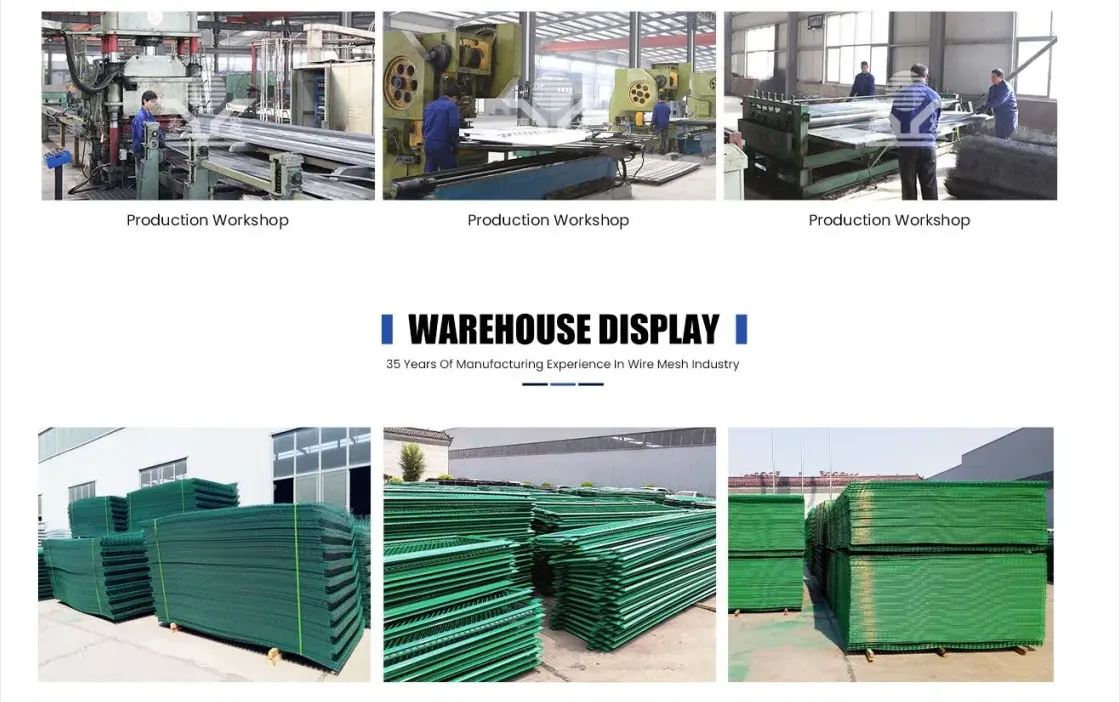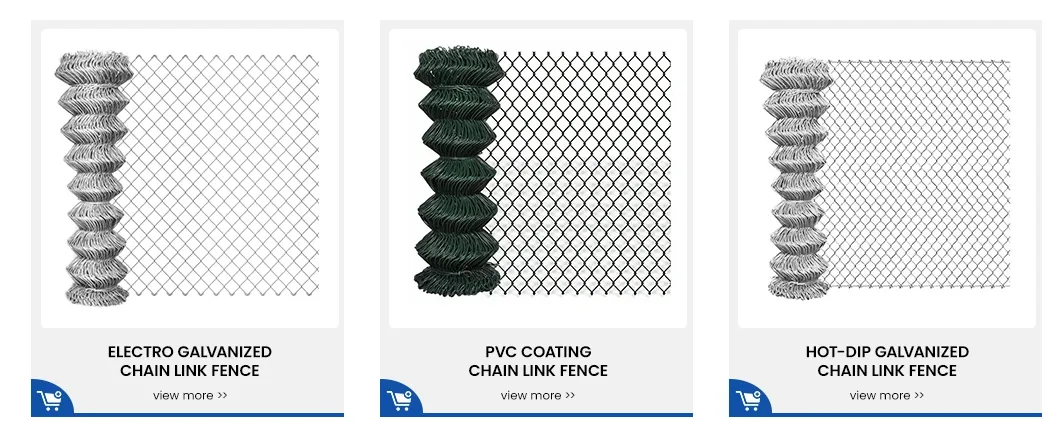1 月 . 20, 2025 14:47
Back to list
Aluminum Plate Material Expanded Metal Sheet
Understanding the diverse types of grating available on the market can significantly enhance the selection process for industrial, commercial, and residential projects. Gratings are not only functional in providing support and draining facilities but also add an aesthetic appeal, offering safety and maintenance ease. Products in the grating industry have evolved, each variant serving a unique purpose with distinct advantages.
Another important grating type for consideration is plank grating, often used in environments requiring pedestrian traffic with minimal load requirements. Designed from a single piece of material, the grating is perforated or channel-shaped to improve slip resistance and drainage. It is commonly utilized in stairways and catwalks, where safety is a primary concern. Choosing the appropriate grating requires understanding the specific requirements of a project. Parameters like load requirements, environmental exposure, and aesthetic considerations guide this decision. For instance, in corrosive environments, fiberglass or stainless steel would be the preferred material. Meanwhile, for applications demanding high strength, carbon steel might be the best option. Expert recommendations often point towards hybrid solutions that combine the benefits of various materials. In sectors where both load-bearing capacity and corrosion resistance are crucial, a combination of stainless steel and FRP might yield the best results. Moreover, modern technology allows for custom grating solutions, tailored to meet precise engineering needs. The grating industry continues to innovate, with sustainability becoming an increasingly important factor. Sustainable gratings made from recycled materials not only support environmental goals but also meet stringent safety and performance standards. It is essential for professionals in the field to remain informed about advancements and trends in grating technologies. Consulting with experts who have extensive experience in specific industries can provide insights into the most effective use of gratings, ensuring long-term success and safety of their projects. Comprehensive knowledge about different types of gratings guarantees informed decision-making. By understanding their characteristics, strengths, and best use cases, designers, engineers, and builders can choose the right product to satisfy both functional demands and budget constraints. With the right grating type, projects achieve enhanced safety, performance, and aesthetic appeal.


Another important grating type for consideration is plank grating, often used in environments requiring pedestrian traffic with minimal load requirements. Designed from a single piece of material, the grating is perforated or channel-shaped to improve slip resistance and drainage. It is commonly utilized in stairways and catwalks, where safety is a primary concern. Choosing the appropriate grating requires understanding the specific requirements of a project. Parameters like load requirements, environmental exposure, and aesthetic considerations guide this decision. For instance, in corrosive environments, fiberglass or stainless steel would be the preferred material. Meanwhile, for applications demanding high strength, carbon steel might be the best option. Expert recommendations often point towards hybrid solutions that combine the benefits of various materials. In sectors where both load-bearing capacity and corrosion resistance are crucial, a combination of stainless steel and FRP might yield the best results. Moreover, modern technology allows for custom grating solutions, tailored to meet precise engineering needs. The grating industry continues to innovate, with sustainability becoming an increasingly important factor. Sustainable gratings made from recycled materials not only support environmental goals but also meet stringent safety and performance standards. It is essential for professionals in the field to remain informed about advancements and trends in grating technologies. Consulting with experts who have extensive experience in specific industries can provide insights into the most effective use of gratings, ensuring long-term success and safety of their projects. Comprehensive knowledge about different types of gratings guarantees informed decision-making. By understanding their characteristics, strengths, and best use cases, designers, engineers, and builders can choose the right product to satisfy both functional demands and budget constraints. With the right grating type, projects achieve enhanced safety, performance, and aesthetic appeal.
Next:
Latest news
-
The Best Metal Mesh Solutions: Expanded Aluminum Metal vs. Expanded Stainless Steel Metal
NewsSep.10,2024
-
Round Perforated Sheets vs. Hexagonal Perforated Sheets vs. Embossed Perforated Sheet Metal
NewsSep.10,2024
-
Perforated Metal Sheets
NewsSep.10,2024
-
Experience The Excellence Of Stainless Steel Grating
NewsSep.10,2024
-
Discover the Versatility Of Metal Mesh Expanded Forming Machines
NewsSep.10,2024
-
Discover The Advantages Of Steel Grating For Sale
NewsSep.10,2024
Subscribe now!
Stay up to date with the latest on Fry Steeland industry news.
Email addressSIGN UP

